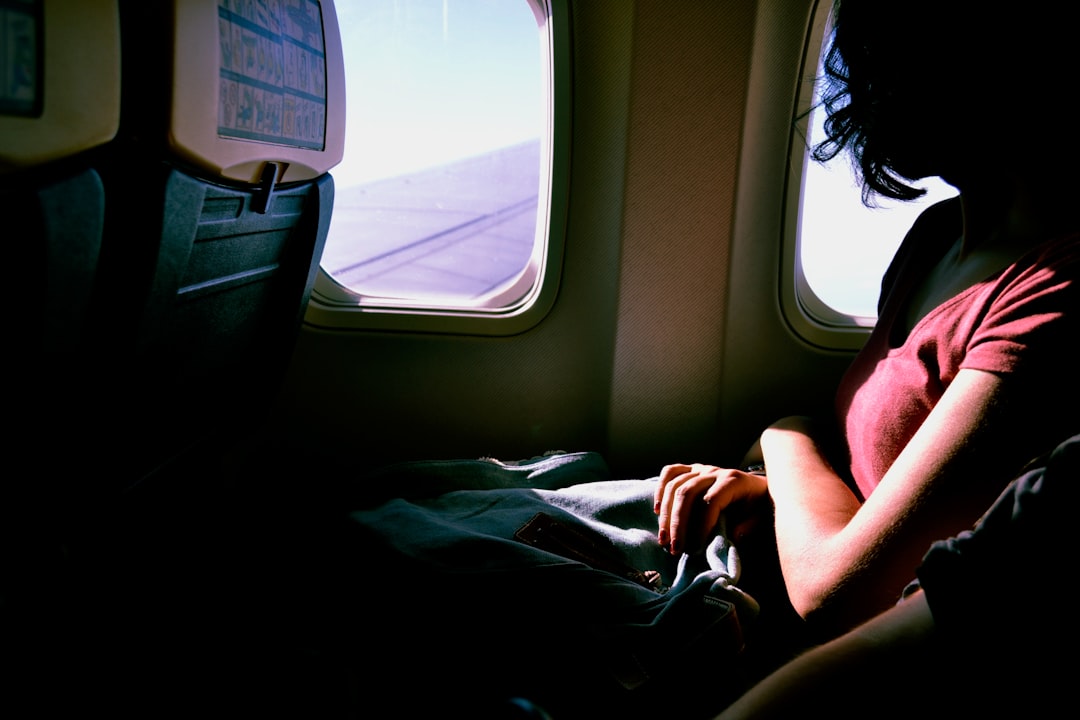Jet lag can turn even the most exciting family vacation into a challenge. When you’re traveling with kids, managing time zone changes becomes a crucial part of your travel planning. Many parents search for advice on handling kids’ jet lag — and for good reason! A tired, cranky child can impact the whole family’s trip. This comprehensive guide reveals practical, science-backed strategies to help parents minimize jet lag and keep little travelers happy, making your next adventure smoother for everyone.
Understanding Jet Lag in Kids
Jet lag occurs when the body’s internal clock (circadian rhythm) is out of sync with the new time zone after long-distance travel. Children may be more sensitive to these disruptions because their routines and sleep structures are still developing. Common symptoms of jet lag in kids include:
- Difficulty falling asleep or waking up at the right times
- Irritability and mood swings
- Digestive troubles (loss of appetite, upset stomach)
- Trouble concentrating or unusual tiredness
Understanding these symptoms helps parents spot jet lag early and take proactive steps to manage it.
Why Is Jet Lag Harder for Children?
Children rely on routine for security and comfort. Disruptions to sleep schedules, unfamiliar beds, and long flights can amplify jet lag effects. Younger children, in particular, may struggle to communicate how they’re feeling, leading to unexplained meltdowns or sleep regressions. However, their ability to bounce back—from both sleep and mood shifts—is also strong with the right support.
Before You Leave: Preparing Kids for a Time Zone Change
1. Gradually Shift Bedtimes
If possible, adjust your child’s sleep and wake times by 15–30 minutes each day, starting 3–5 days before departure. Move the routine earlier or later, depending on the destination, to help ease the transition.
2. Talk About the Journey
Explain to your kids, using age-appropriate language, what jet lag is and why sleep might feel strange. This helps older kids mentally prepare and sets realistic expectations for the first few days after arrival.
3. Pack Comforts From Home
Bring favorite blankets, stuffed animals, white noise machines, or even a bedtime storybook. Familiar objects can ease sleep anxieties in a new place.
On the Plane: Tips for In-Flight Sleep and Transition
1. Choose Appropriate Flight Times
If possible, book flights that align with your child’s nap or bedtime. Overnight flights may allow for more extended rest, while daytime flights can keep kids aligned with their internal clock.
2. Manage Light Exposure
Light is a powerful tool to reset circadian rhythms. On the plane, use eye masks or dim cabin lights during sleep periods and encourage looking out the window during the day.
3. Stay Hydrated and Fed
Dehydration and hunger can make kids more susceptible to jet lag. Offer snacks and water frequently, and avoid excess sugary foods before and during the journey.
After Arrival: Establishing New Routines Quickly
1. Get on Local Time Immediately
Upon arrival, try to eat, nap, and sleep according to the local schedule. If your child is very tired, offer a short nap, but avoid letting them sleep for hours off-schedule.
2. Prioritize Sunlight and Fresh Air
Natural light helps reset the body clock. Spend time outdoors, even if it means a gentle walk after arrival.
3. Stick to Bedtime Rituals
Recreate your home bedtime routine as closely as possible — reading, cuddling, and dimming the lights. Rituals signal to children that it’s time to wind down, even in an unfamiliar setting.
Sample Schedule: Jet Lag Recovery With Kids (Eastward Travel)
- Day 1: Arrive, get sunlight, short nap if needed (30–45 min), sleep at local bedtime.
- Day 2: Wake early, get outdoors after breakfast, active morning, quiet afternoon, consistent bedtime.
- Day 3–4: Stick to local routines for meals and sleep, limited screen time in the evening, patience with minor regressions.
Recovery generally takes about one day per one to two time zones crossed, but younger kids may adjust more quickly than anticipated—with patience and consistency.
Common Challenges and How to Navigate Them
“My toddler won’t sleep at night and is wide awake at 2 a.m.!”
- Stay calm—this can be expected after crossing several time zones.
- Keep lights low and interactions calm at night.
- Offer a small snack and quiet activities in bed (reading, listening to music) until sleep returns.
- Gradually nudge wake time later each morning.
“My child struggles with naps or is extra cranky.”
- Allow short ‘bridge’ naps (20–30 min) but don’t let naps run long or happen too late in the day.
- Get moving outdoors during the day, especially in the morning.
- Stick to routines: even a shortened version of your child’s nap ritual can help.
“The whole family is exhausted—what now?”
- Avoid overscheduling the first two days; allow everyone time to rest.
- Consider easy, low-key activities: a playground, park, or walk rather than a packed sightseeing itinerary.
- Treat yourself kindly—expect some bumps and lean into flexibility.
Expert Strategies for Faster Adjustment
- Block blue light in the evenings (screens, bright LED bulbs) to encourage natural melatonin production.
- Time meals to match local eating schedules for a quicker body clock reset.
- Use blackout curtains or travel shades in hotel rooms to create a dark sleep environment.
- Consider melatonin only after consulting your pediatrician — this is generally not recommended for children under 3 and never for ongoing use without medical guidance.
FAQs: Real Parent Questions About Jet Lag and Kids
How long does jet lag last in children?
Most kids adjust in 2–5 days, depending on the number of time zones crossed. For every hour of difference, allow about a day of adjustment time.
Should I keep my toddler awake to adjust to the new schedule?
Avoid letting overtiredness accumulate. Plan restorative but brief naps, and prioritize a consistent bedtime, using exposure to morning sunlight to nudge their clock.
Is it better to travel East or West with kids?
Jet lag is typically harder when traveling eastward (e.g., US to Europe) because it requires kids to fall asleep earlier and wake up sooner than their body clock prefers. Prepare for a slightly longer adjustment period.
When to Seek Help
If your child’s sleep struggles start to affect health, mood, or safety—or if sleep problems persist for more than a week after arrival—it’s wise to consult a pediatrician. Rarely, travel can unmask underlying sleep or anxiety disorders that benefit from professional support.
Final Takeaway: Embrace Flexibility and Routine
Jet lag is an inevitable part of international family travel, but with some planning and patience, it doesn’t have to ruin your adventure. Start prepping before you leave, move slowly the first few days, and stick to the rhythms that comfort your child most. Remember, every family (and every child) adjusts differently. Celebrate small wins and use setbacks as learning moments. Before you know it, you’ll all be sleeping—and exploring—on local time, ready to make the most of your trip together.
Safe travels and sweet dreams!




